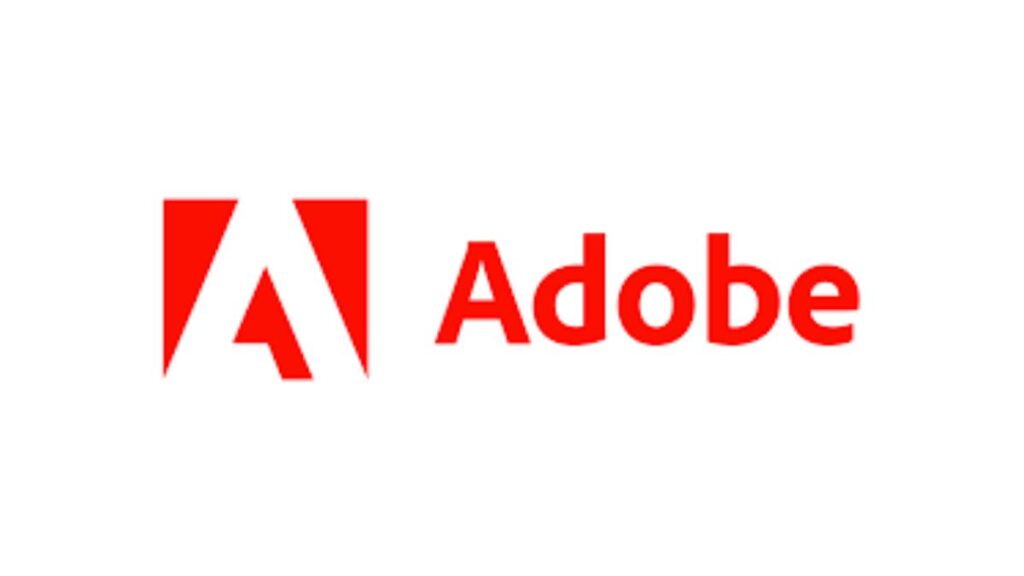Table of Contents
Introduction:
Adobe’s suite of tools is a transformative asset for creatives, revolutionizing the way we approach tasks ranging from photo editing to video production. Whether you’re a graphic designer, photographer, videographer, or digital artist, Adobe offers a comprehensive set of applications tailored to meet diverse creative needs. However, if you’re new to Adobe, the sheer variety of software available can be daunting. With programs designed for specialized tasks such as vector graphic creation, motion graphics, and layout design, it’s easy to feel overwhelmed by the choices.
But don’t worry! We’ve put together an in-depth guide to the top 10 Adobe tools for beginners. This guide will walk you through each tool, explaining its primary functions, ease of use, and how it can benefit your creative projects. By the end, you’ll have a solid understanding of which Adobe tools are best suited for your needs, empowering you to embark on your creative journey with confidence and clarity.
List of Top 10 Adobe Tools for Beginners:
(1) Adobe Photoshop:
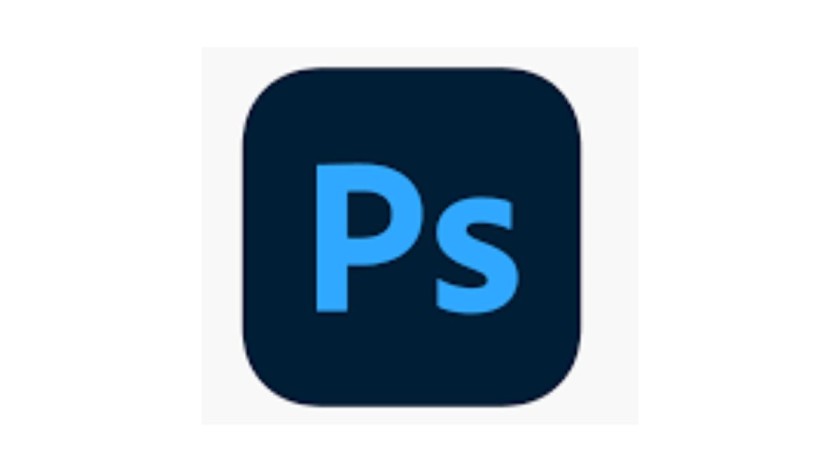
Adobe Photoshop is widely considered the gold standard in the realm of image editing and graphic design. Its extensive range of features and tools makes it suitable for performing anything from minor touch-ups to intricate digital artwork. For newcomers, it’s advisable to commence with fundamental tasks such as cropping, resizing, and color adjustments. Subsequently, as your proficiency grows, delving into more advanced techniques like utilizing layers, masks, and filters can greatly expand your creative abilities.
The abundance of online tutorials and courses available makes it convenient to gain a comprehensive understanding of Photoshop’s vast potential. Mastering this software can greatly elevate the quality and depth of your creative projects, whether they involve refining personal photographs or producing professional-grade designs.
(2) Adobe Lightroom:

Adobe Lightroom is a must-have for photographers who work with large volumes of images and need to process them efficiently. This powerful software offers a wide range of tools for adjusting exposure, contrast, color balance, and more, all within a user-friendly interface. In addition, Lightroom boasts a robust cataloging system that enables users to effectively organize and manage their entire photo library.
One of the most valuable features of Lightroom is its non-destructive editing, which allows users to experiment and make adjustments without altering the original image files. This gives beginners the freedom to explore different editing techniques without the fear of permanently altering their photos. With its intuitive sliders and customizable presets Lightroom makes it easy for photographers to achieve professional-quality results quickly and efficiently. It’s a comprehensive and indispensable tool for anyone serious about photography.
(3) Adobe Illustrator:

Adobe Illustrator is widely recognized as the industry-leading software for creating scalable vector graphics. Unlike raster images, which are made up of individual pixels and can become pixelated when resized, vector graphics retain their crispness and quality at any scale, making Illustrator an essential tool for creating logos, icons, and illustrations that need to be flexible in size.
For beginners, Illustrator provides a user-friendly interface that allows them to start with basic shapes and lines. The powerful pen tool enables users to create custom paths and shapes, providing endless possibilities for creativity. Additionally, Illustrator offers a diverse selection of brushes and effects that can be used to enhance designs with depth and dimension.
To support users in mastering the software, there is a wealth of tutorials and templates available. These resources cover everything from the basics to advanced techniques, enabling users to continually grow and refine their skills. Whether you’re just starting or looking to expand your proficiency, Adobe Illustrator provides the tools and resources to support your creative journey.
(4) Adobe Premiere Pro:
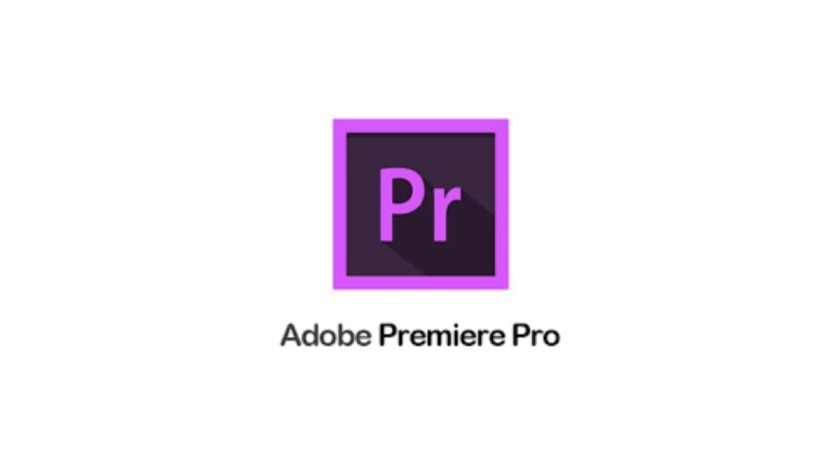
Adobe Premiere Pro is a highly sophisticated and versatile video editing software suitable for both seasoned professionals and beginners alike. This powerful tool provides an extensive array of features for precise video editing, such as cutting, splicing, and overall video manipulation. It supports a diverse range of video formats and offers advanced functionalities like multi-camera editing, audio synchronization, and color correction, making it an ideal choice for professional video production.
For novice users, the initial steps involve importing footage and utilizing simple cuts and transitions to assemble a coherent video. As you gain confidence and proficiency, the software’s advanced capabilities such as keyframing, effects, and motion graphics can be explored to enhance and customize your creations.
(5) Adobe After Effects:

Adobe After Effects is widely regarded as the industry-standard software for creating stunning motion graphics and eye-catching visual effects. Although it may seem daunting at first, its robust capabilities make it an incredibly valuable tool for video production and design. Newcomers can kick off their journey by experimenting with simple animations and text effects, which can significantly enhance the professional appearance of their videos and presentations.
One of the key advantages of After Effects is its seamless integration with other Adobe products such as Premiere Pro, providing an efficient workflow for incorporating animations into larger, more comprehensive projects. Furthermore, there is an abundance of online tutorials and structured courses available, catering to beginners who wish to grasp the fundamental concepts while gradually progressing to tackle more intricate and ambitious projects.
(6) Adobe InDesign:
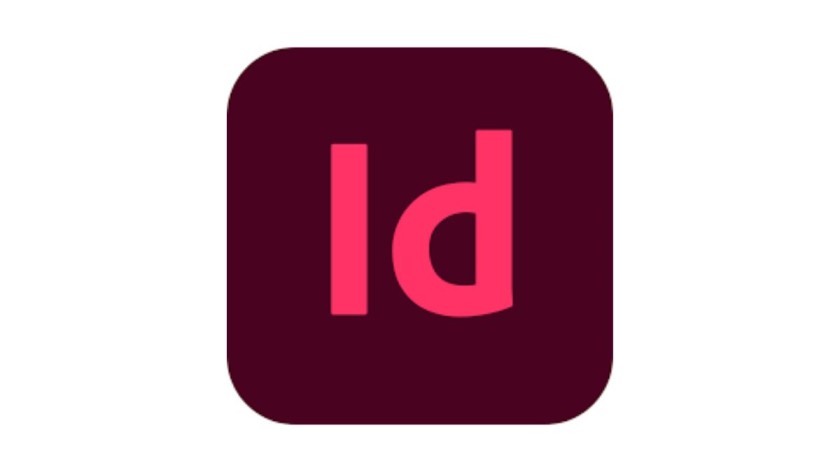
Adobe InDesign is a powerful and versatile tool that is exceptionally well-suited for creating stunning layout designs. Whether you’re working on designing brochures, magazines, or eBooks, InDesign offers a wide range of features to help you seamlessly integrate text and images into a polished and professional format. With its user-friendly interface, beginners will find it easy to navigate, and there are numerous pre-built templates available to provide a quick start. Delve into mastering the various tools for precise text formatting, effortless image placement, and overall page layout control. Furthermore, InDesign supports interactive documents, enabling you to incorporate hyperlinks, buttons, and multimedia elements to enhance the interactivity and engagement of your layouts.
(7) Adobe XD:

Adobe XD is a versatile and intuitive user experience (UX) design tool that empowers designers to create stunning websites and mobile apps. With its user-friendly interface and robust features, even those new to UX design can easily produce wireframes, prototypes, and design mockups. One of its standout capabilities is its support for interactive design, enabling the creation of clickable prototypes for seamless sharing with clients and stakeholders, facilitating valuable feedback. The design process typically begins with sketching out ideas, followed by leveraging XD’s comprehensive suite of tools to refine and perfect designs. Additionally, Adobe offers a wealth of resources, including tutorials, to support designers in mastering this powerful tool.
(8) Adobe Spark:
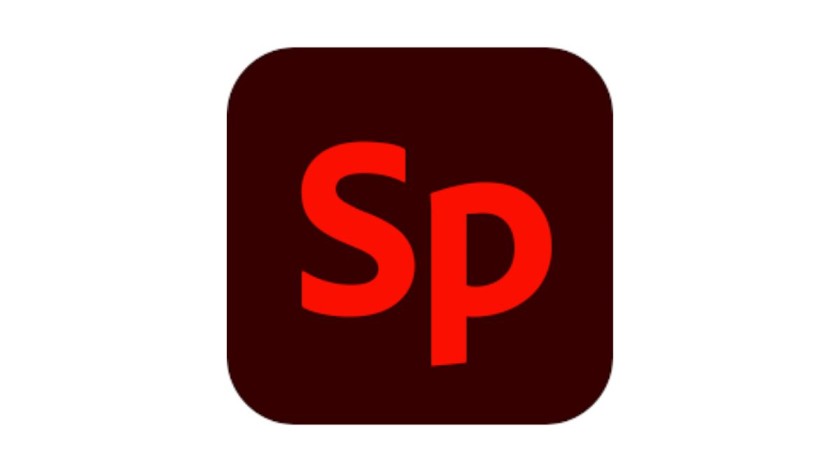
Adobe Spark is a versatile and user-friendly platform that provides powerful tools for producing captivating social media graphics, web pages, and short videos. With its intuitive drag-and-drop interface, even novices can easily create stunning visuals without the need for advanced design skills. The platform offers a wide range of templates and themes, enabling users to craft professional-grade content for their social media platforms, blogs, and websites. Whether you’re looking to create eye-catching graphics or engaging videos, Adobe Spark provides the flexibility and tools to bring your ideas to life.
(9) Adobe Acrobat DC:

Adobe Acrobat DC is widely regarded as the most comprehensive and versatile tool for working with PDF documents. Its user-friendly interface makes it simple for beginners to create, edit, and sign PDFs. In addition to basic functionality, Acrobat DC offers advanced features such as the ability to convert documents from a variety of formats into PDFs while preserving the layout and quality of the original document. The software also allows users to add annotations, comments, and digital signatures, making it an indispensable tool for professionals who need to securely share and collaborate on documents.
(10) Adobe Fresco:

Adobe Fresco is a versatile application specifically created for digital painting and drawing. It provides an extensive collection of natural brushes that accurately simulate traditional artistic materials such as oil paints and watercolors. Its intuitive interface and responsive tools make it an excellent choice for both beginners and experienced artists. Fresco is particularly well-suited for producing digital artwork, sketches, and illustrations that possess a lifelike quality. Moreover, it seamlessly integrates with other Adobe software, enabling users to effortlessly export their creations to Photoshop or Illustrator for further enhancement and refinement.
Tips for Getting Started with Adobe Tools:
- Start with Tutorials: Adobe provides numerous tutorials for each tool. Begin with beginner tutorials to understand the basics, then gradually move to more advanced topics.
- Practice Regularly: Consistency is key to learning. Dedicate time each day to practice and work on small projects. This will help reinforce what you’ve learned and build your confidence.
- Join Online Communities: Adobe has a vibrant community of users who share tips, tutorials, and feedback. Join forums, and social media groups, and participate in discussions to learn from others.
- Utilize Adobe’s Resources: Adobe offers a wealth of resources, including online courses, forums, and customer support. Take advantage of these to deepen your understanding and troubleshoot issues.
Conclusion:
Adobe’s suite of tools can transform your creative process, whether you’re a photographer, graphic designer, or video editor. By starting with these top 10 Adobe tools for beginners, you’ll build a strong foundation for more advanced projects. Dive in, explore, and let your creativity shine! Remember, the key to mastering these tools is practice and persistence. Happy creating!
Read more-Adobe Firefly Review: Creative AI Tool Analysis
FAQ-
What is the best Adobe tool for photo editing?
Adobe Photoshop is the best tool for photo editing due to its extensive range of features and capabilities. For beginners looking for a simpler interface, Adobe Lightroom is also highly recommended for its powerful yet user-friendly editing tools.
Which Adobe tool should I start with for graphic design?
Adobe Illustrator is the go-to tool for graphic design, particularly for creating vector graphics such as logos, icons, and illustrations. Its intuitive interface makes it suitable for beginners.
Is Adobe Premiere Pro suitable for beginners?
Yes, Adobe Premiere Pro is suitable for beginners. It offers a range of basic tools for simple video editing tasks, and there are plenty of tutorials available to help new users get started.
What is Adobe After Effects used for?
Adobe After Effects is used for creating motion graphics and visual effects. It’s ideal for adding animations, text effects, and other dynamic elements to videos.
Can I use Adobe InDesign for creating eBooks?
Absolutely. Adobe InDesign is perfect for creating eBooks, brochures, magazines, and other layout designs. It provides a wide range of tools for combining text and images in a professional format.
What is the main purpose of Adobe XD?
Adobe XD is designed for user experience (UX) and user interface (UI) design, making it ideal for creating website and mobile app prototypes. It allows for interactive design, enabling users to create clickable prototypes.
Is Adobe Spark good for social media content creation?
Yes, Adobe Spark is excellent for creating social media graphics, web pages, and short videos. Its easy-to-use, drag-and-drop interface is perfect for beginners looking to quickly produce professional-looking content.
How do I edit PDF documents with Adobe Acrobat DC?
Adobe Acrobat DC allows you to create, edit, and sign PDF documents. You can add text, images, annotations, and digital signatures. It also enables you to convert other document formats into PDFs while preserving the layout.
What type of projects can I create with Adobe Fresco?
Adobe Fresco is designed for digital painting and drawing. It’s ideal for creating digital art, sketches, and illustrations with realistic brushes that mimic traditional media.
How can I learn to use these Adobe tools effectively?
Start with beginner tutorials available on Adobe’s website and other online platforms. Practice regularly, join online communities, and utilize Adobe’s vast resources, including online courses and forums, to enhance your learning experience.

